This page is about Laths NOT Lathes!
Laths are thin strips of wood used as a backing for plaster or render, especially in older buildings.
Lathes are machines used for turning metals and timber on in order to create specific shapes.
If your ceiling contains Lathes, then you need to move house quickly becauselathes are generally very heavy, and if they fall, someone will be very badly hurt, and/or possibly much worse.

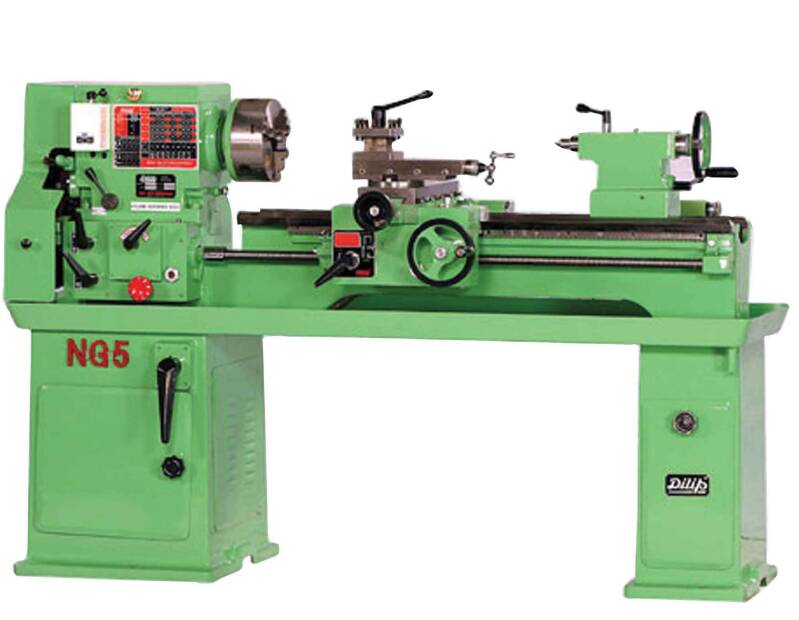
LATH FOR PLASTERING
A LATHE FOR TURNING

Oak laths for heritage projects
The word lath is recorded from the late 13th century and is likely derived from the Old English word *læððe, a variant of lætt.
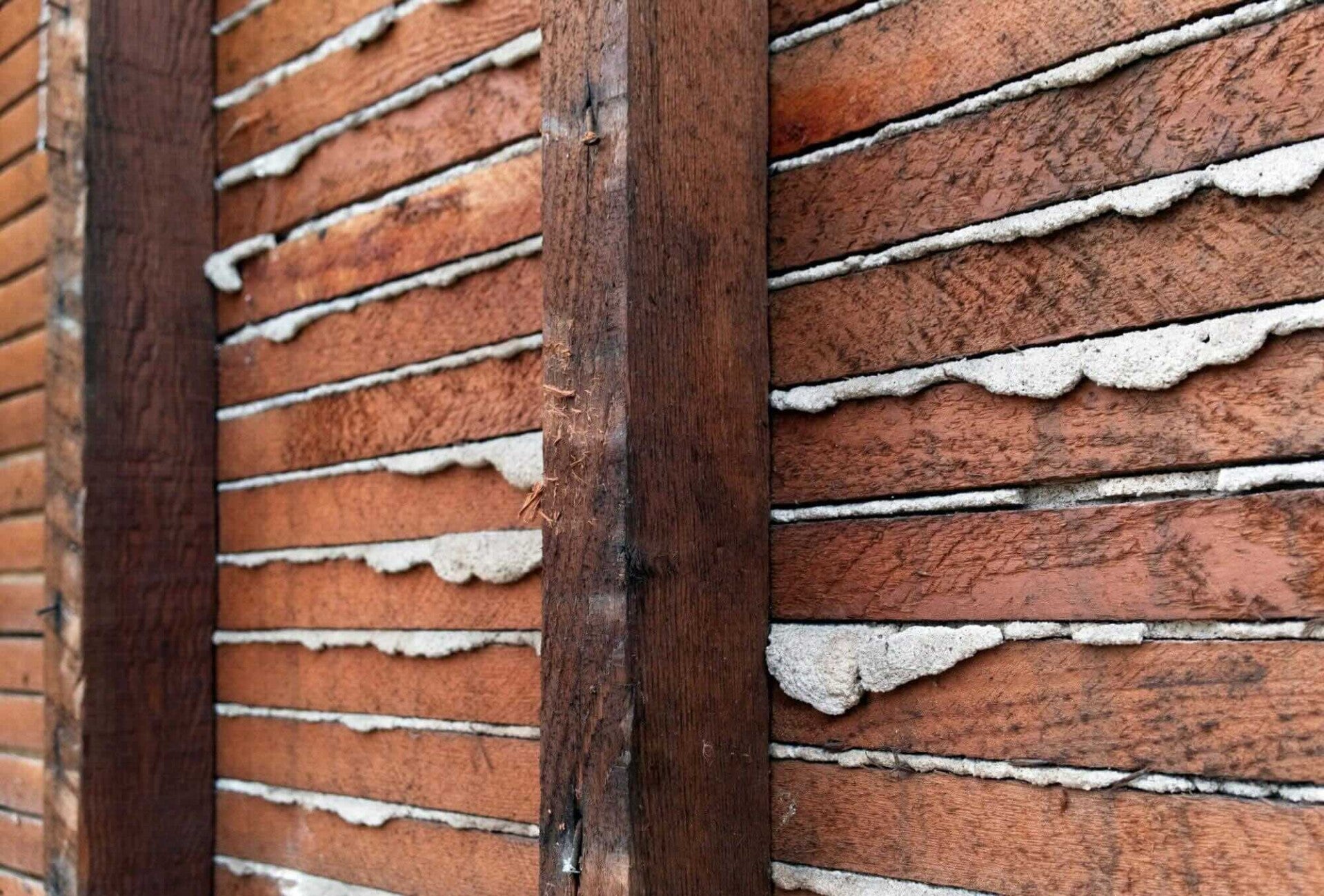
One of the key elements of timber laths, are the openings or gaps that allow plaster to ooze behind and form a mechanical bond to the lath
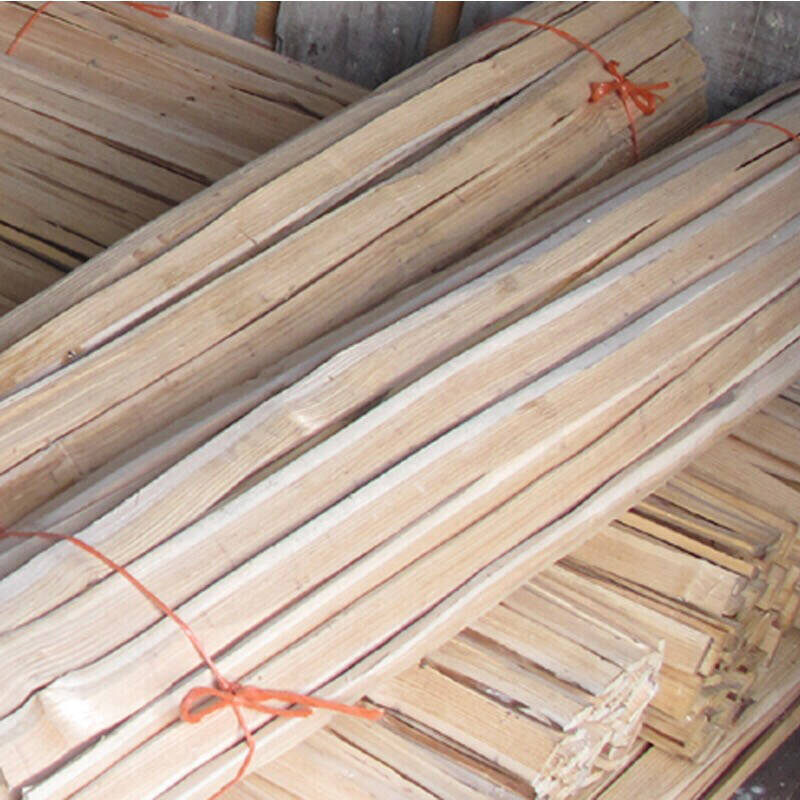
RIVEN CHESTNUT LATHS
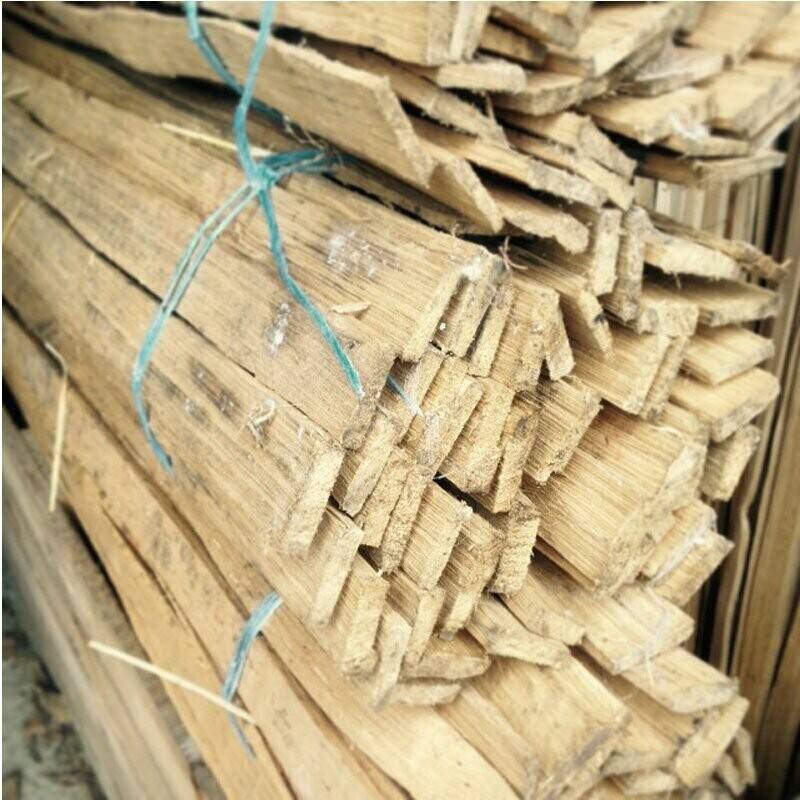
RIVEN OAK LATHS
Historically there were three ways of making wood laths for plaster: riven lath, accordion lath, and circular sawn lath. Riven lath was traditionally split with the grain from chestnut, oak, and similar hardwoods, or from softwoods like eastern white pine. Individual laths were riven and nailed in place. Because they are split with the grain, riven lath is stronger than later forms of lath production. Accordion laths are thin, sawn boards that are partially split with a hatchet or axe. The splits are then spread apart to form gaps for the plaster to key into. The name derived from the spreading action, which is like pulling an accordion open. After the circular saw came into use in the early 19th century, laths for plastering were sawn in sawmills and delivered to the building site. Much later, in Ihe 1930s and 1940s the use of traditional lath and plaster was gradually replaced with plasterboard sheets, as they were simply cheaper and easier to use
Oak or Chestnut?
When we speak of chestnut, there are two distinct varieties: Sweet Chestnut and Horse Chestnut. In the UK we tend to focus on the Sweet Chestnut over the Horse Chestnut for varying reasons:
The nuts of Sweet Chestnut are edible, whereas the seeds (what we call ‘conkers’) of Horse Chestnut are toxic.
Sweet Chestnut wood resists rot and decy, making it suitable for both indoor and outdoor use, while Horse Chestnut wood is softer and more prone to decay
Various timber species were used for construction back in medieval England: Oak, elm, sweet chestnut, poplar and the many varieties of fruitwood appear in building accounts from the reign of Henry III. Oak has survived in our medieval buildings to a greater extent than any other timber. It was, and remains, the most popular native hardwood used for the construction of timber frame buildings in England. However native English Oak is now protected so Oak used today in the UK is imported Oak, with much being imported from Northern France, so a very close Oak family member.
Historically most buildings were constructed using materials that could be sourced locally, and in the case coffee timber, very often living trees were cut down and split (eg. For Riven laths) and/or hand sawn (eg. For floorboards, joists, and rafters etc)
Coppicing was a self sustaining industry in the UK, particularly for Sweet Chestnut, and is still practiced today but on a much smaller scale than it was historically because demand has decreased hugely, particularly in construction.

SWEET CHESTNUT TREE

Delicious chestnuts
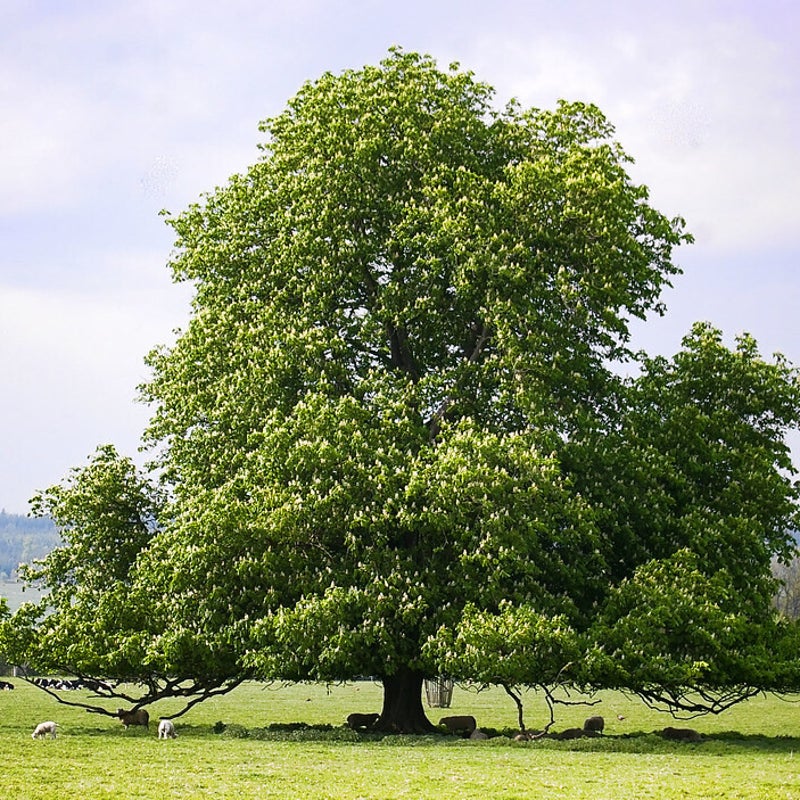
HORSE CHESTNUT TREE
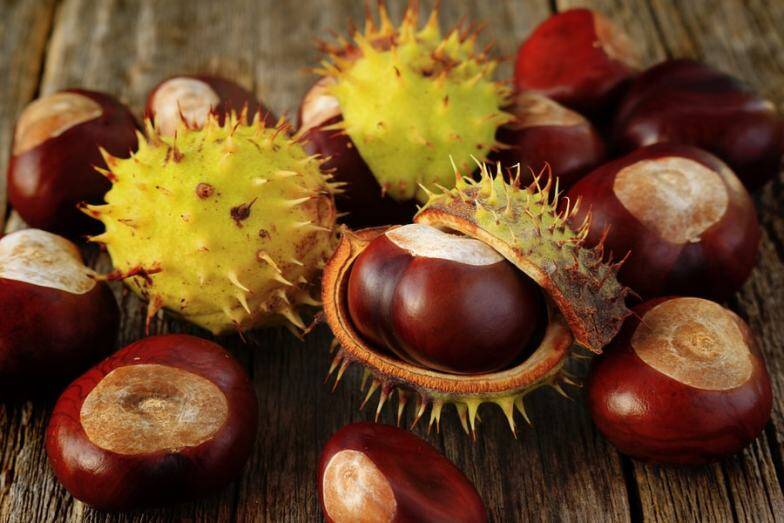
Conkers (Don't eat them!
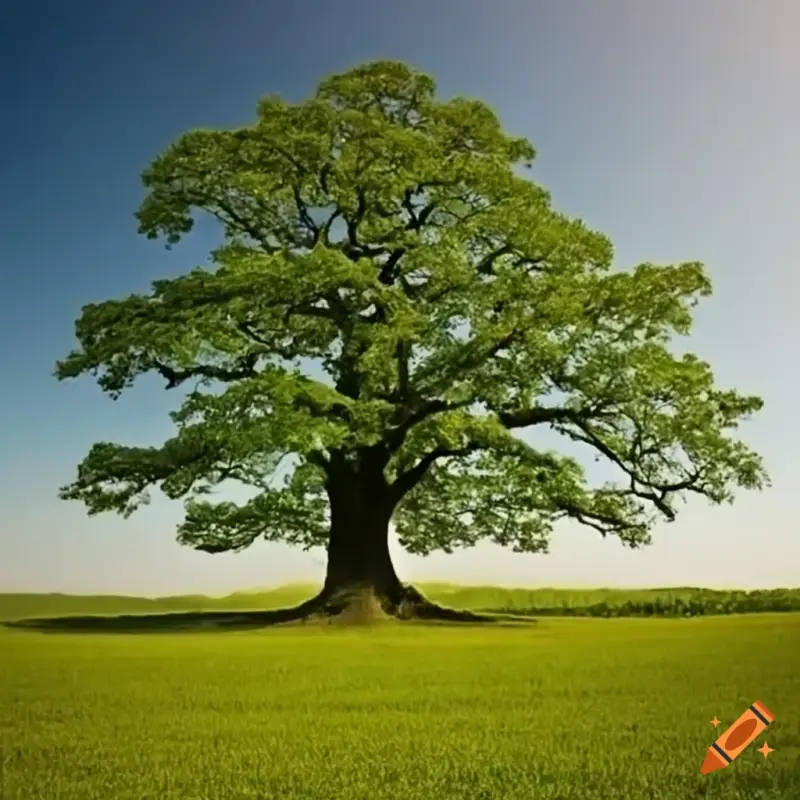
THE OAK TREE